The power of Marketing Mix Modeling:
How Zuny leveraged LYKTA to improve
acquisition strategy
The demise of cookies has made it challenging to measure the impact of digital campaigns and no longer allows us to have a global understanding of the impact of all investments (offline and online). Therefore, we can’t be dependent on cookies anymore. With its Marketing Mix Modelling (MMM) service, LYKTA has emerged as a solution that uses statistical analysis to attribute sales to media investments.
In theory, this sounds incredible. But the real question you may ask yourself is: what kind of insights can we really get from this kind of service, and especially, what will be the impact in terms of performance? Also, how exactly does it work?
This case study explores how Zuny, a new-generation internet service, achieved its objectives by collaborating with CLICKTRUST and LYKTA, leveraging MMM.
The case study: the future of measurement with Zuny & Lykta
Zuny launched in October 2020 and struggled to achieve its objectives. In 2021, after a successful brand revamp, Zuny set out to achieve ambitious objectives for 2022. The goals were to increase sales by 25% with half the budget of 2021 and decrease the cost per sale by 54%. The challenge was to invest at the right time depending on seasonality and competition and improve brand awareness while focusing on the right channels. This meant that the effectiveness of marketing campaigns needed to be increased by correlating sales to media investments.
The strategy combined several tools and methods to build a framework for cookieless media insights. LYKTA’s Marketing Mix Modelling was used to develop the media strategy based on insights coming from the marketing mix model and the TV performance analysis.
- MMM is a powerful tool when it comes to optimizing a media or marketing strategy. It allows us to get an understanding of the contribution and ROI of each channel (including offline) on sales.
- TV performance and drive to web helped to get clear insights on the impact of the TV campaigns on traffic to the website and overall performance.
How did it work concretely?
We imported all the data (from platforms, backend systems, etc.), both offline and online, available since Zuny’s launch, into LYKTA’s platform to generate insights based on a statistical model that provided a view of each channel’s contribution to sales. This holistic model enabled both the client and us to steer investments toward incremental sales.
As a result, we were able to:
• Define a specific budget split per channel: Make decisions to increase the budget on some channels and decrease it on others to avoid saturation, based on the cost per sale per channel. It also defined the maximum budget per week for each channel
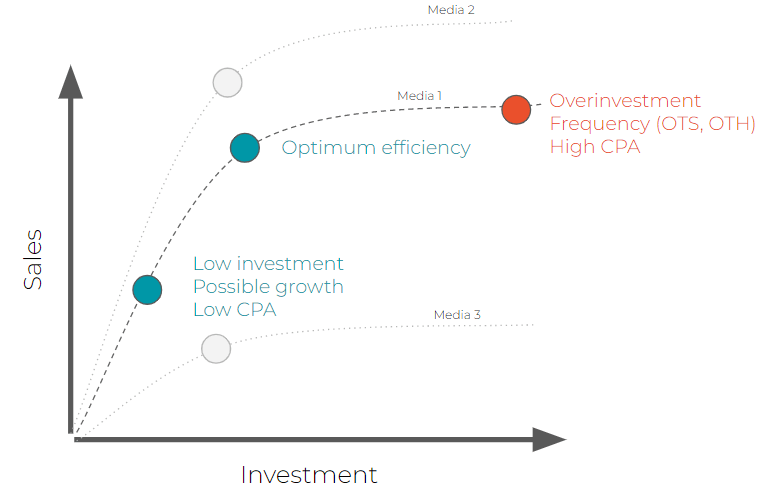
- Decide to pause channels: We learned that programmatic advertising was too expensive and didn’t bring any incrementality for this specific client.
- Relaunch some channels: We reactivated YouTube after the MMM model revealed that this channel contributed to incrementality after all, contrary to what the previous cookie-based model suggested.
- Test new channels: TikTok, Twitch, OLV with Auvio & RTL Play, Spotify, DOOH, etc. The objective was to collect as much data as possible for LYKTA’s next analysis to understand the incrementality each of these new channels could bring.
- Predict the number of sales month by month: This ensured alignment with the global objectives.
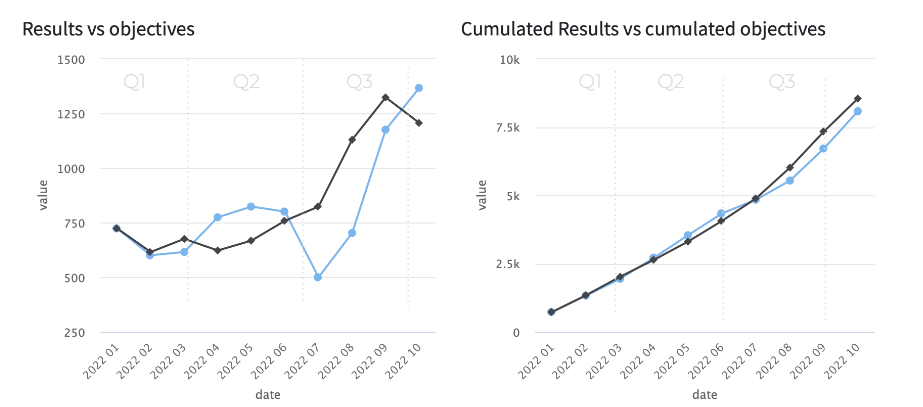
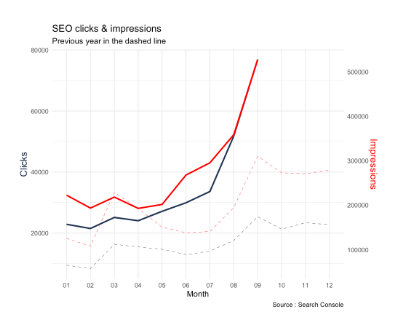
As LYKTA also provides insights into offline channels, we were able to gather valuable information about TV, including:
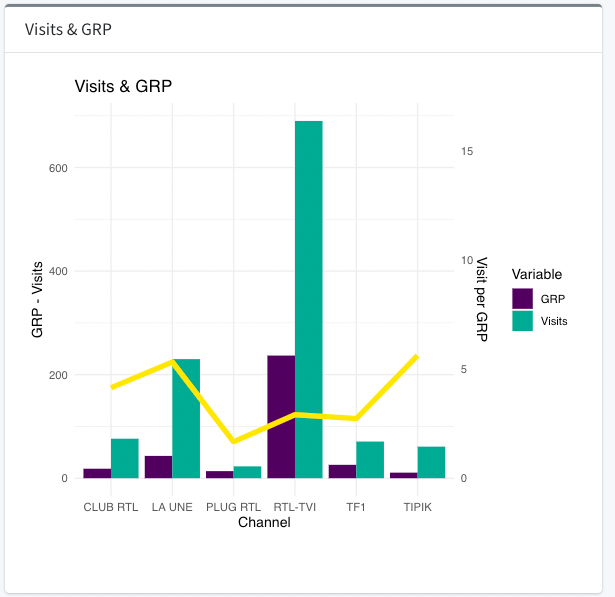
Based on the insights from this analysis, the global media plan was revised to ensure the use of this channel during the optimal period and with the appropriate frequency. One of the key learnings was that the effective duration of a TV campaign is 18 weeks. This insight allowed us to reallocate part of the TV budget to other channels, as fewer waves were needed than initially anticipated.
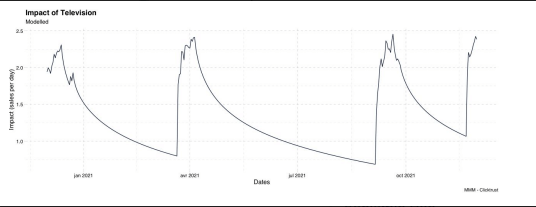
The approach used in this case study was a long-term commitment, with the team regularly refreshing their media plan using a “test & learn” approach. Investment levels per channel were adjusted based on test insights to meet ambitious sales and cost-per-sale targets.
To be fully effective, LYKTA needs to complement a global strategy, providing a holistic view of the broader picture and enabling cross-channel decision-making. To achieve this holistic view, data from Google Analytics and its attribution model were utilized. Campaigns were also optimized using platform data based on micro-conversions (soft KPIs), offering a better understanding of the customer journey and providing more signals to the algorithm.
The added value of this strategy came from combining several tools and methods to create a unified measurement framework:
- Attribution: Provides a real-time view of how channels impact sales but is flawed due to cookies and Google Analytics limitations.
- Micro conversions: Offers a real-time view of how channels impact upper-funnel actions and soft KPIs.
- Marketing Mix Modelling: Provides insights into how channels perform but is not real-time and is heavily influenced by seasonality and external factors (via LYKTA).
These strategies only work when used together. It is through this complementarity that a media plan can be enriched and made truly effective.
What were the results of this approach?
- By using LYKTA, Zuny was able to overcome the challenge of investing at the right time, improving brand awareness, and increasing performance by focusing on the right channels, without being dependent on cookies anymore.
- By adapting the media plan, the number of sales increased by 37.47% compared to 2021, with a lower budget (-33.84%), and the cost per sale decreased by 51.87%. In terms of targets, the sales target was exceeded by 8.36%.
- The insights from LYKTA were implemented at the end of Q1, and we observed an uplift as soon as they were put in place: +7.84% in sales between Q2 and Q1, +53.77% between Q3 and Q2, and +19.97% between Q4 and Q3.
- When comparing the quarter-by-quarter sales evolution between 2022 and 2021, sales increased by 43.90% in Q1, 24.40% in Q2, 39.29% in Q3, and 40.79% in Q4.”
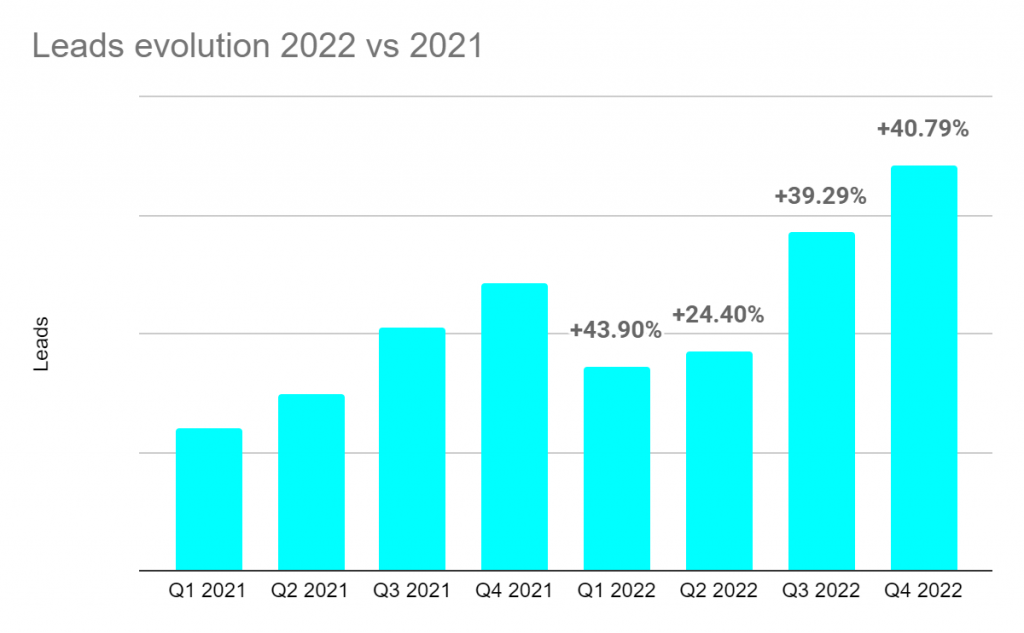
In conclusion, by leveraging LYKTA’s Marketing Mix Modelling and a collaborative “test & learn” approach, Zuny achieved its objectives despite the cookieless environment. The key to success was the long-term commitment, trust, and flexibility, which enabled the team to continuously adapt to the ever-changing digital landscape. The Zuny case study is an example of how MMM and a holistic approach to media insights can help businesses optimize their marketing strategies and achieve ambitious objectives.
